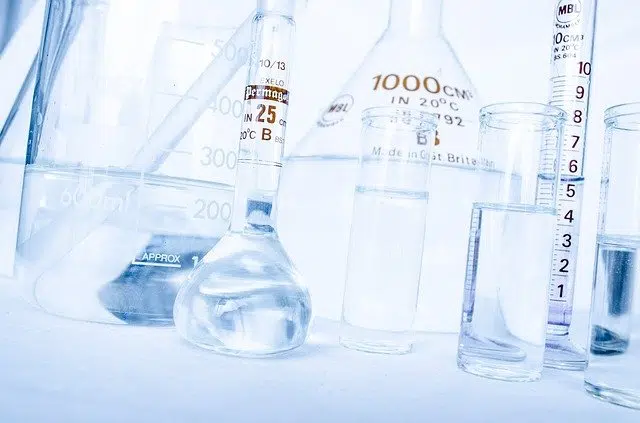
Laboratory materials are those instruments that allow research and experiments to be carried out.
As can be seen in the definition of material , the term comes from the Latin materialis , which refers to that which is linked to matter . However, in its broad sense it refers to the elements necessary to carry out a certain action; that is, the various components, whether real or abstract, that are brought together in a group and used for specific purposes.
It is necessary to clarify that there are many types of materials and that the meaning of the term may vary slightly depending on the point of view with which you try to explain it. In this case we will give the definition that is given from scientific research .
What is laboratory material
In the field of research, the concept of laboratory material is used to refer to material that is used in different types of laboratories and that is made up of various instruments that fulfill specific functions.
It should be previously defined that a laboratory is a physical space where research is carried out around a precise topic to expand the knowledge that a given science has about a particular phenomenon or topic.
In a laboratory, the materials must be of good quality because research will be carried out there, which, in many cases, is of vital importance to expand knowledge in a specific area of science; Therefore, the place where they are located must be appropriate, have adequate ventilation and lighting and the instruments and materials that facilitate the normal functioning of the place.

Laboratory supplies may include objects made of metal, plastic, rubber, and other materials.
Most common components
Laboratory equipment can be built with a wide variety of components, from glass to wood, rubber, metal and plastic. The characteristics of the material will depend on its function, since handling certain products involves risks.
Among the most common tools included in the laboratory material are flasks (a container with measurements), the pipette , the test tube , the test tube , the Bohemian glass , the crystallizer , the funnel , the beaker. precipitates and the lighter .
Laboratory material classification
Laboratory material can be subdivided into various classifications according to function. In this way they can be: materials to combine substances, materials to measure volumes or materials to support other instruments .
Those materials that serve to combine different substances and expose them to chemical changes must be built with special and resistant components; It is normal to hear the trade names Pyrex or Kimax when referring to laboratory materials, and they are the most recommended internationally if you want to set up a new laboratory. These materials include the test tube, the flat-bottom flask and the Erlenmeyer beaker, among others.
The materials used to measure volumes make up the volumetric material . Typically, these components are made of glass as they facilitate observation of what they contain, but they can also be made of transparent plastic; In either case they are graduated. These materials include the test tube, pipette, buret and volumetric flask. An alternative within the volumetric material, however, is colorless (transparent) plastic : it is cheaper and helps avoid certain chemical reactions that do occur with glass.
Other types of materials are those used for support and fastening , which serve to contain other instruments used in the laboratory. These materials are made of metal, except for the rack, which is usually made of wood or plastic. These materials include crucible tongs , porcelain tripod and triangle, and test tube rack.
There are other materials also used in the laboratory, such as the alcohol lamp , the funnel , the mortar with pestle , the combustion spoon , or the hydropneumatic tank , among many more.
